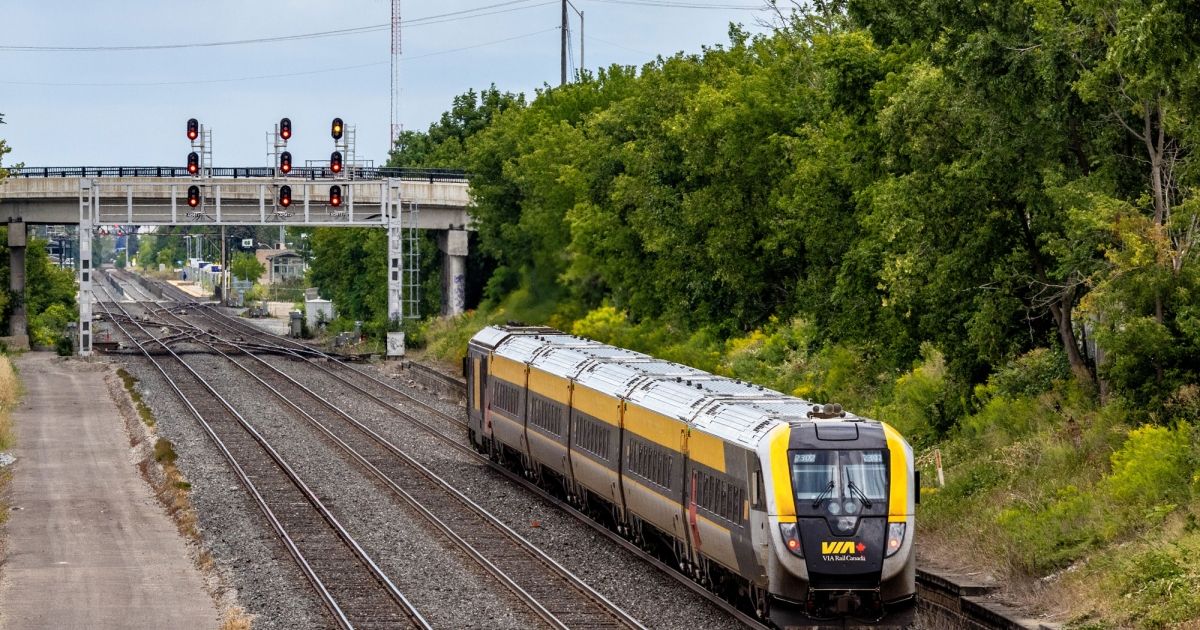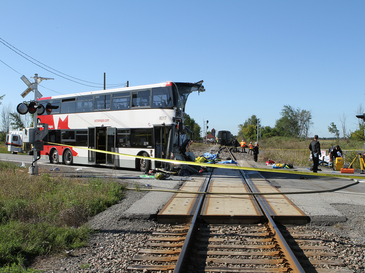The knock-on benefits could be enormous. A high-frequency, high-speed passenger rail service running through Quebec and Ontario could reduce Canada’s carbon footprint, ease congestion, move freight faster, boost productivity, encourage tourism, boost inter-provincial trade, and be a vehicle for reconciliation. At the risk of over-selling this project: this could be a nation-building exercise akin to the Canadian Pacific Railway.
That’s if it’s done right. But it could be done very wrong — or, worse yet, not at all.
The idea of beefing up Canadian passenger rail, particularly along the Quebec City-Windsor corridor, has been on the table for decades. Despite a strong case for it, the idea has remained in limbo.
That has left our existing rail service in purgatory. Because VIA Rail’s Quebec-Ontario service relies on tracks leased from private rail companies, service is slow, delayed, and infrequent, whilst its other coast-to-coast routes are expensive and less practical. VIA Rail has become a symbol of national decay.
I’m a frequent, if long-suffering, rail rider. I have been known to get a scoop in the business lounge, and I write this column aboard the train to Toronto. I perked up when I heard that the Trudeau government finally, in 2022, announced plans to revitalize passenger rail.
The Liberals quickly founded VIA HFR as a subsidiary of VIA Rail, a sign that things were actually moving. By the time Ottawa sent out procurement documents to industry, however, the plan had changed: VIA HFR had been suddenly spun off as a whole new Crown corporation, with VIA Rail cut out entirely. (“Our name is still a bit confusing,” Boivin says. “We’re working to change it.”)
Under this new plan, VIA HFR will partner up with a consortium of private firms. Canada will pay for the rail, and this consortium will build the network, then manage and operate the rail service.
The selection process for the winning consortium is already underway. One bid includes an array of big Canadian firms, including the CDPQ, the Quebec pension fund; AtkinsRéalis, formerly SNC-Lavalin; and Air Canada. The other two consortia include a mix of Canadian, European and American companies, including Spanish and German state-owned rail companies. An industry source tells me the Trudeau government will be selecting the winning bid in mid-November.
Whoever is chosen, they’ll link up with VIA HFR to undergo a five-to-six-year phase of “co-development,” Boivin said, when they’ll figure out the particulars of the business plan. If Ottawa agrees to fund it, they’ll start surveying the route, consulting with locals and Indigenous nations, and buying up some necessary land.
A clear sign that VIA HFR is pursuing this project seriously is that they are engaging, not just consulting, First Nations. Boivin said they are already in talks with several First Nations to go further and “integrate them financially, as business partners.” Given that the Canadian Pacific Railway both precipitated and enabled the removal of Indigenous people from their land, making First Nations partners in a plan to renovate the country for the next century could be a genuine act of reconciliation.
But there’s reason to be skeptical of the government’s plans. As with so many things in government today, the core philosophy of this quasi-private plan is risk-management. While it’s not quite “privatization,” this new rail service won’t really be public, either. It is a public-private partnership, where Ottawa will try to offload as much financial risk as possible.






